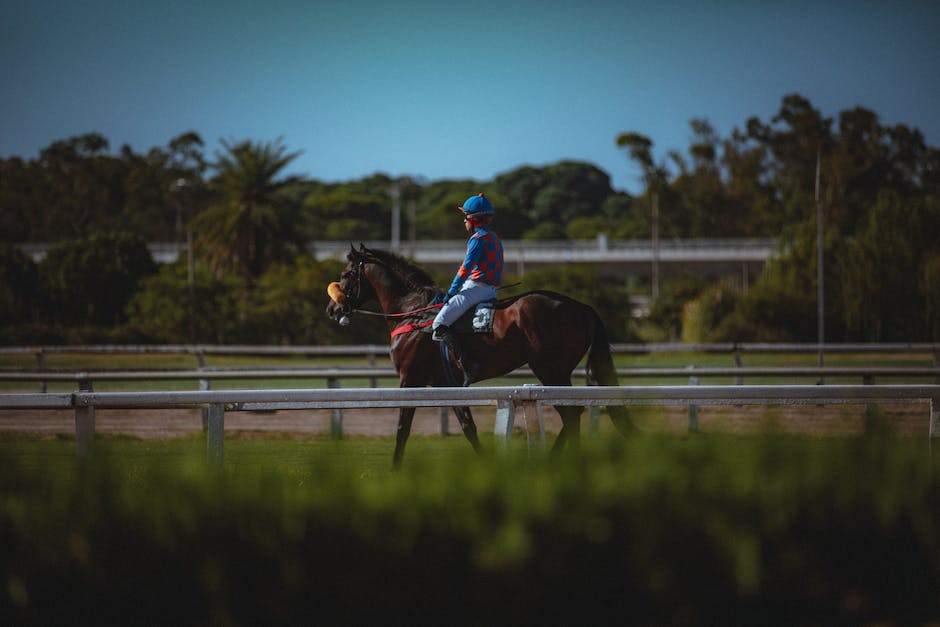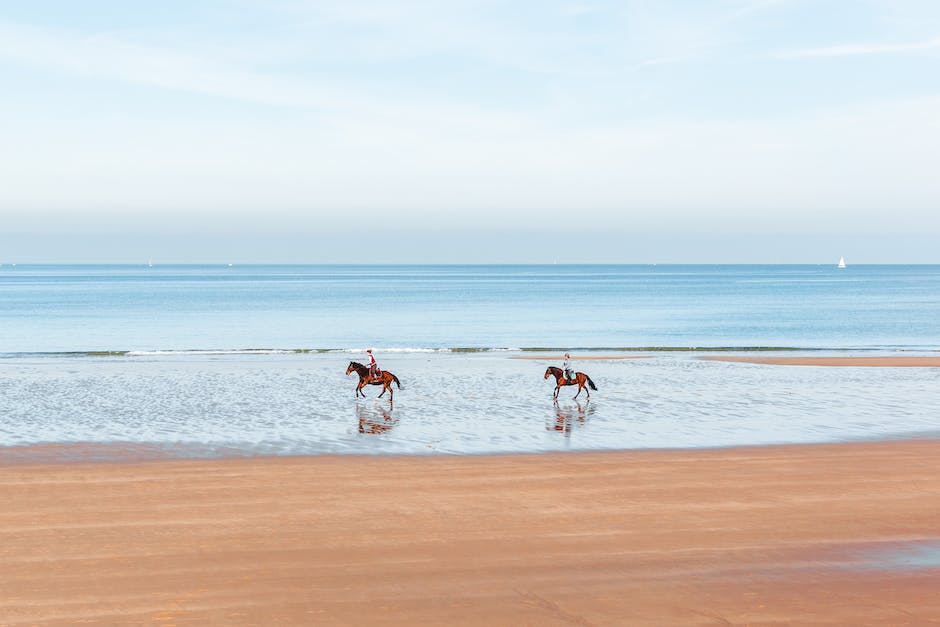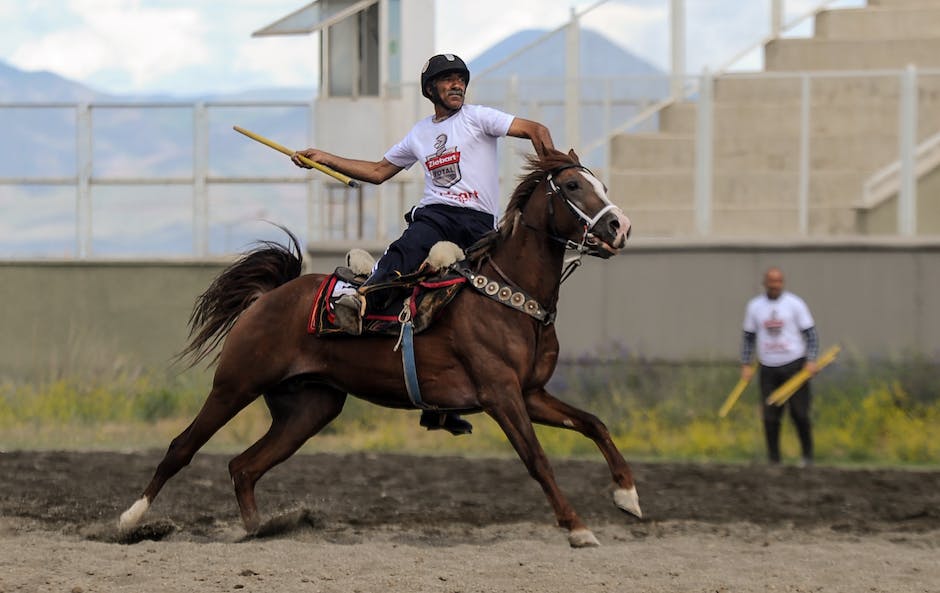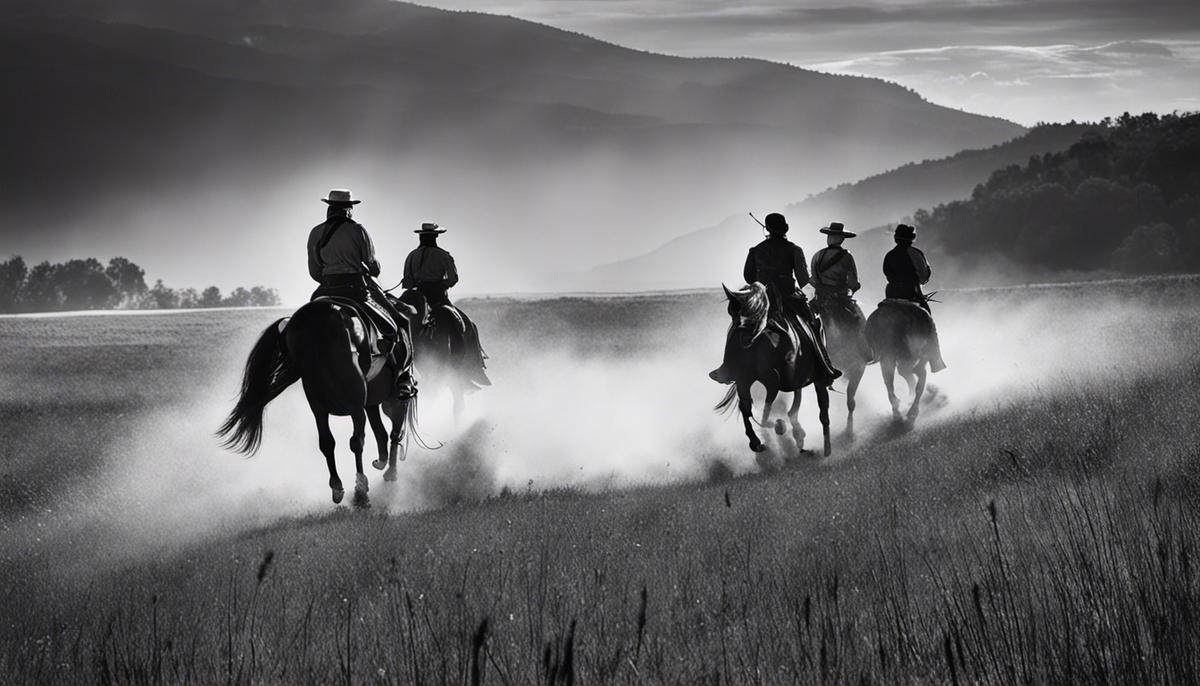When considering the rich tapestry of Hungarian culture, no study would be complete without an examination of the country’s storied equestrian tradition. Commencing as early as the 9th century, horses have been essential to Hungary’s economy, military, and everyday life, evolving into an emblem of national identity over centuries. The ancient techniques of horse breeding, fervor of traditional equestrian sports, and pride of its cavalries have not only withstood the test of time but also impacted the global equestrian landscape. This exploration will delve into the historical background of Hungarian equestrianism, gauge its influence on the world and throw a spotlight on the continuation of these traditions in the modern context and the potential trajectory they may follow in the future.
Table of Contents (Horspedia)
Historical Background of Hungarian Equestrianism
Historical Roots of Hungarian Equestrianism
The roots of Hungarian equestrian culture trace back thousands of years, with the Magyars – nomadic tribes from the Ural Mountains – migrating to the Carpathian Basin in Central Europe during the 9th century AD. These people were renowned as masters of horse breeding and horsemanship, qualities critical for their nomadic way of life and successful invasions. Horses were fundamental to the Magyars who, like many other steppe civilizations, integrated them into their daily life. This reverence for horses was mirrored in spiritual practices, with horses linked to the sun god and other deities.Role of Horses in Hungarian Society
In a society reliant on hunting, war, and mobility, horses were essential assets. Every aspect of daily life was intertwined with horse culture. The animals served as transportation, a crucial component in warfare, and a symbol of wealth and prestige. Horse racing and games featuring equestrian skills were common forms of entertainment, further emphasizing the horse’s significance in society. The mid-1950s marked an important period in Hungary’s horse culture, with the start of the Tanyacsarda initiative aimed at preserving and reviving traditional Magyar equestrian culture.Development of Horse Breeds in Hungary
Hungary is famed for developing various horse breeds, each with unique characteristics tailored for various purposes. They are meticulously bred for resilience, adaptability, and stamina – traits that make them suitable for the demands of Hungary’s varied landscapes. The most notable breed is the Hungarian Warmblood, also known as the Hungarian Sport Horse. It is used predominantly in sports such as show jumping, dressage, and eventing. The Nonius, a heavy warmblood breed, is another native breed widely used for farm work and heavy draft purposes. The draft horses, such as the Hungarian Coldblood, were bred for their strength and endurance, primarily used for hard labor. Meanwhile, the Hucul or Carpathian pony, native to the Carpathian Mountains, is a small, hardy breed known for its mountain adaptability.Embodiment of the Hungarian Equestrian Tradition
The traditional Hungarian equestrian practices embody holistic methods related to breeding, training, and horse care. A significant part of these practices revolves around prioritizing the horse’s welfare through ideal feeding, veterinary care, and workout regimens. Additionally, the Hungarian equestrian culture boasts a unique riding style, recognized for its effortless yet secure seat.
Another widely acknowledged feature of Hungary’s equestrian tradition is the “Puszta Five,” where a single rider expertly steers five horses at once. This spectacle exemplifies the harmony between horse and rider, and the feat is maintained through institutions like the renewed traditional National Gallop. Although Hungary’s equestrian methods have developed over time, the pioneering principles laid down by the Magyars continue to mold the country’s equestrian culture today.

Influence of Hungarian Equestrianism on the World
The Influence of Hungarian Equestrian Culture on Horse Breeding Worldwide
The impacts of Hungarian equestrian traditions extend to the international horse breeding arena. Hungary is the progenitor to several distinct horse breeds known for their versatility, power, and endurance such as the Magyar or Hungarian Horse. Bred for robustness and agility, the Hungarian Horse has significantly influenced equestrian sports globally, performing diverse roles from war to carriage rides.
Other renowned breeds like the Hungarian Warmblood and Hungarian Sport Horse have made their mark internationally, contributing to the improvement and performance in equestrian sports globally. Their unique genetics combine speed, endurance, and firm temperament, influencing the creation of new equestrian breeds around the world.
Hungarian Cavalries and Riding Methods
The impact of Hungarian equestrian traditions goes beyond horse breeding – their unique riding methods have also left an indelible imprint on global equestrian practices. Hungarian cavalry was known for its superb horsemanship. The focus on a strong communication bond between the rider and the horse, the distinct style of training, and the prioritizing of the horse’s health and comfort over human convenience were revolutionary values that latterly spread to other parts of the world.
In particular, the Hungarian military’s hussar cavalry, a light horse unit, was remarkably influential. The riding style and tactics of the hussars were emulated by other European nations and became a standard model for light cavalry around the world. In the 18th and 19th centuries, hussar regiments were part of most European armies.
Hungary’s Role in Developing Equestrian Sports
In addition to horse breeding and riding styles, Hungary has significantly impacted the development and popularity of equestrian sports, particularly dressage, jumping, and eventing. Today, these sports are staple events in the Olympic Games.
Hungary has a centuries-old tradition of horse sports, and the nation’s emphasis on horsemanship, respect for the horse, and rider skill cultivated the sport. The Hungarians’ interest in dressage, in particular, influenced the sport’s worldwide development. The Hungarian Equestrian Federation has been actively promoting equestrian sports both domestically and internationally, emphasizing the importance of horsemanship in youth education.
Furthermore, the tradition of Hungarian mounted archery, derived from the military tactics of the ancient Magyar tribes, has seen a resurgence of interest in recent years and is now recognized as an official international sport.
In a nutshell, Hungarian equestrian traditions have made a considerable impact on global equine breed development, riding techniques, and equestrian sports. The synthesis of Hungary’s prestigious horse breeds, its individualized riding style, and its commitment to sustaining equestrian sports has solidified its status as a prime contributor in the equestrian realm.

Traditional Hungarian Equestrian Sports
The Roots and Significance of Hungarian Equestrianism
Traditional equestrian practices hold a revered and enduring position in the cultural and historical narrative of Hungary. With a storied lineage that extends back to the Magyar takeover in the late 9th century, Hungary has cultivated an intertwined relationship with horse riding. Historically, proficiency in equestrian skills was deemed an integral aspect of a Hungarian nobleman’s identity. This deep-seated custom continues to resonate today, stretching beyond rural localities and manifesting in the prestigious equestrian sports and events held across the country.
Equestrian Sports: Dressage, Jumping, and Driving
Dressage, an equestrian sport that displays disciplined and dance-like movements, is a common practice in Hungary. This intimately choreographed horse-rider performance requires intensive training and harmony between the rider and the horse. Hungary has had riders who have participated and excelled in international dressage competitions, including the Olympics.
In addition to dressage, jumping is another significant equestrian sport in Hungary. It requires a horse to clear several obstacles within a predetermined course within a specific time limit. Training a horse for this event requires teaching it to respond appropriately to rider commands for varying jumps, speeds, and directions.
Driving is another equestrian activity that is popular in Hungary. This event involves the rider directing the horse from a carriage or other form of vehicle. Hungarian drivers often compete in combined driving events, which include dressage, marathon (or cross-country), and obstacle (or cones) phases.
Traditional Hungarian Equestrian Games
Apart from the recognized international equestrian sports, several traditional Hungarian equestrian games exist. One of the most popular of these is Puszta Five, a traditional Hungarian equestrian show that incorporates Magyar cowboys showing off their skills. In one notable stunt, a single cowboy rides five horses simultaneously, steering the outer horses with his hands and the central horses with his legs.
Training Method
Hungarian equestrian training is unique, often combining modern techniques with traditional practices. Emphasis is placed on the bond between the horse and rider. Riders often begin training at a young age, with coaches placing a focus on respect and understanding of the horse. In many traditional forms of training, horses are exposed to a wide range of situations and stimuli, designed to make them confident and well-rounded.
Introduction to the Hungarian Equestrian Tradition
Hungarian equestrian endeavors have long been integral to the country’s rich culture and continue to play a role in national and international sporting accomplishments. These activities marry time-honored practices with modern techniques, ensuring Hungarian equestrian sports remain pertinent and impressive on the global stage. They pay testament to the courageousness, abilities, and superior horse handling skills admired and embodied by the Magyar populace.

Modern Hungarian Equestrian Practices and Events
Preservation of Hungarian Equestrian Heritage
The traditional Hungarian equestrian practices, commonly known as ‘Lovas,’ are embedded in Hungary’s heritage and national fabric. These practices encompass a plethora of horse breeds and activities, ranging from the adaptable Hungarian Warmbloods to Csikós, a traditional sport showcasing the audacious and skillful maneuvers of horsemen. Remarkably, these customs continue to flourish in Hungary today, even amidst societal transformations and global changes.
The survival and evolution of these traditions in contemporary times are mostly due to the widespread community engagement and a deep sense of national pride. Committed equestrian institutions, breeders, and aficionados put in enormous dedication and resources to safeguard and promote these traditions. Stud farms like the Babolna National Stud Farm, committed to conserving the gene pool of domestic horse breeds, and institutions like the Hungarian National Riding School, providing specialized instruction in traditional Hungarian riding methods, underscore the continued importance of these practices.
Contemporary Hungarian Equestrian Festivals and Events
In contemporary Hungary, one of the most significant equestrian events is the National Gallop (Nemzeti Vágta) held annually in Budapest’s magnificent Heroes’ Square. It features horse races, a parade, and equestrian displays, showcasing the most impressive examples of traditional horsemanship.
Other notable equestrian events include the Bóly Riding Days and the Hortobágy Horse Days, which feature competitions, theatrical performances, and traditional Hungarian gastronomy. The Hortobágy Equestrian Days are particularly special as this region is a cradle of the ancient horse-herding traditions still visible today.
Cultural Significance in Hungarian Society
Presently, equestrianism plays a considerable role in Hungarian cultural life. It offers an intrinsic link to the country’s past, reflecting its nomadic horse-culture roots. Breeds such as the renowned Hungarian Warmblood and the native Nonius feature heavily in national equestrian events. They serve as living symbols of Hungary’s equestrian heritage.
The Hungarian government, aware of the cultural significance, supports equestrianism through funding and initiatives aimed at preserving traditional Hungarian equestrian practices. One such initiative is the Hungarian Horse Tourism strategy, which promotes equestrian culture to foreign visitors.
Additionally, equestrianism has a significant impact on the economy, with several Hungarian horses being sought after for international racing and breeding programs. Hungary is also a desirable destination for international riders and trainers seeking to learn traditional equestrian techniques.
A Glimpse into Hungarian Equestrianism
The tradition of Hungarian equestrianism is deeply interwoven into the cultural, economic, and social fabric of Hungary. This cherished tradition persists despite the rapid pace of modernization, indicative of the immense respect and love the Hungarian people have for their equestrian heritage.

Future of Hungarian Equestrianism
Rooted in Rich History
The history of traditional Hungarian equestrianism dates back over a thousand years, with the Hungarians being renowned for their exceptional horse riding skills and tactics. A perfect blend of an inherent love for horses, inherent skill, audaciousness, and flair makes up the heart and soul of this enduring tradition, which is continually nurtured in Hungary today.
Trends in Hungarian Equestrianism
Modern Hungarian equestrianism has seen a rise in popularity of traditional horse breeding, riding styles, and equestrian events. There has been a resurgence of interest in traditional Hungarian horse breeds, such as the Hungarian Warmblood and the Hungarian Sport Horse, which are known for their athleticism, resilience, and adaptability.
Areas of traditional Hungarian riding that are gaining recognition include horse archery and ‘csikós’ riding style. Csikós are traditional Hungarian horse cowboys and their riding style often includes tricks, standing on the back of galloping horses, a skill developed over centuries in the Carpathian Basin.
Challenges to the Tradition
Yet, this rich tradition faces challenges. Urban development, changes in rural life, economic factors, and decreased interest among younger generations pose threats to the future of Hungarian equestrianism. Furthermore, the upkeep of horse breeds and traditional equestrian practices require consistent time, effort, and resources.
Opportunities for Protection and Promotion
To safeguard this vibrant horse culture into the future, steps are being taken by local communities, equestrian organizations, and the Hungarian government.
Equestrian tourism has emerged as an effective means of promoting and preserving traditional Hungarian equestrian practices. Tourists can enjoy immersive experiences in rural Hungary that include traditional horse shows, riding workshops, and tours of historic stables.
In addition, various initiatives are underway aimed at fostering a passion for equestrianism among the young. These include equestrian camps, schools, and competitions which incorporate elements of traditional Hungarian horsemanship.
Preservation Efforts
Conservation and breeding programs are vital to maintain the unique Hungarian horse breeds. The Hungarian government, alongside local breeders, is supporting these programs in an effort to maintain the distinct characteristics and diversity of these breeds.
Educational programs also play a key role in preserving this tradition. Knowledge about horse care, breeding, training, and historical equestrian traditions are being passed onto younger generations at schools, clubs, and volunteering programs.
In sum, despite the challenges it faces, traditional Hungarian equestrianism holds a strong place in Hungarian culture and identity. Thanks to proactive efforts towards preservation and promotion, the future of this proud tradition looks promising.

A comprehensive look at Hungarian equestrianism paints a picture of a vibrant past intimately intertwined with an equally passionate present. The robust foothold of this tradition is owed to the country’s societal recognition of the horse as a cultural emblem, its consistent contribution to equestrian sports globally, modern festivals, and events that keep the fervor alive and a forward-looking commitment to preserving the legacy. As we venture into a future rife with changes, the manifestation of this rich heritage and its influences promise a captivating trajectory for Hungarian equestrianism. The essence of this journey is not merely about equestrianism shaping Hungary, but how the noble horse, over centuries, has also been a beacon reflecting Hungary to the world.

